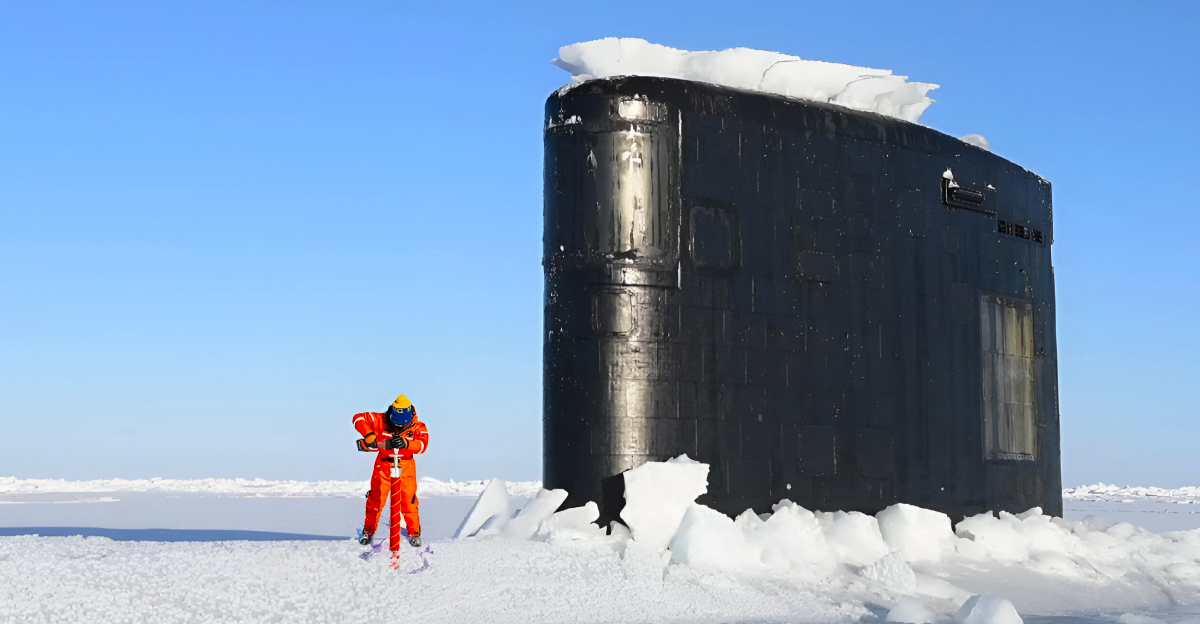
Recent satellite data from NASA and the National Snow and Ice Data Center reveal surprising ice gains in certain parts of East Antarctica, amounting to roughly 107 gigatons a year.
This counters the dominant narrative of continuous ce loss due to global warming. While the overall global trend still points to shrinking ice, these localized increases have puzzled scientists and highlight the complexity of Antarctic ice dynamics.
Role of Southern Currents
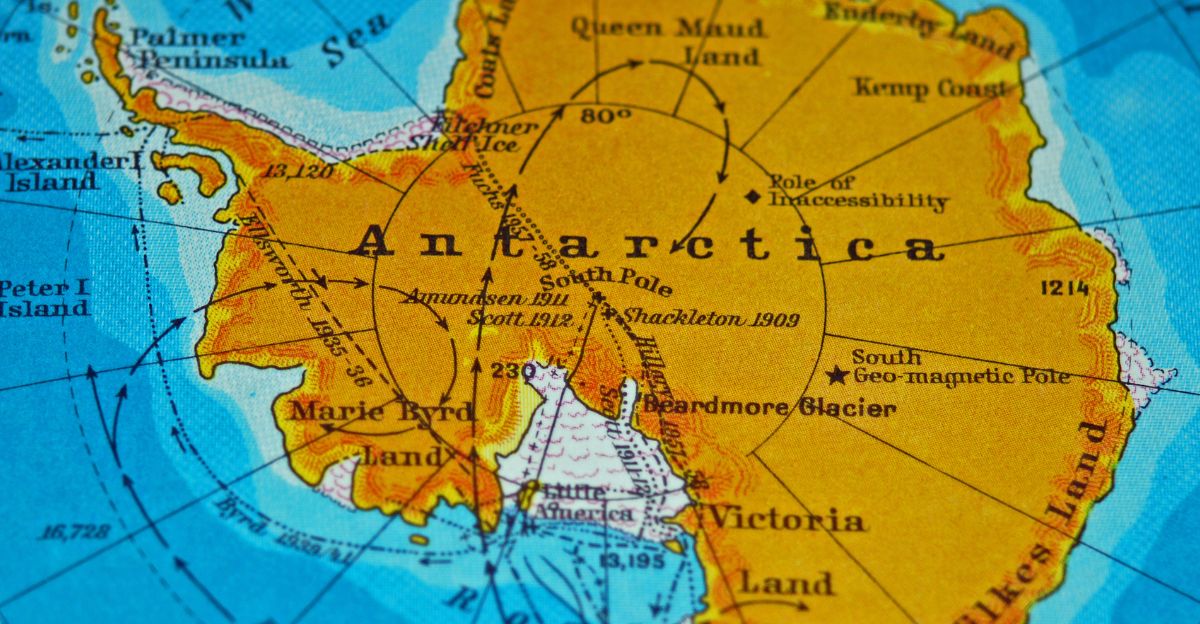
The British Antarctic Survey’s research from 2024 indicates that changes in ocean currents in the Southern Ocean act as a protective barrier, keeping warmer waters away from certain Antarctic ice sheets.
These currents produce pools of cold water that act like a ‘moat’ to protect and even grow ice in these regions for a short period of time. This oceanic protective effect has been a key factor behind the recent ice accumulation in East Antarctica.
Climate Contradiction and Broader Trends
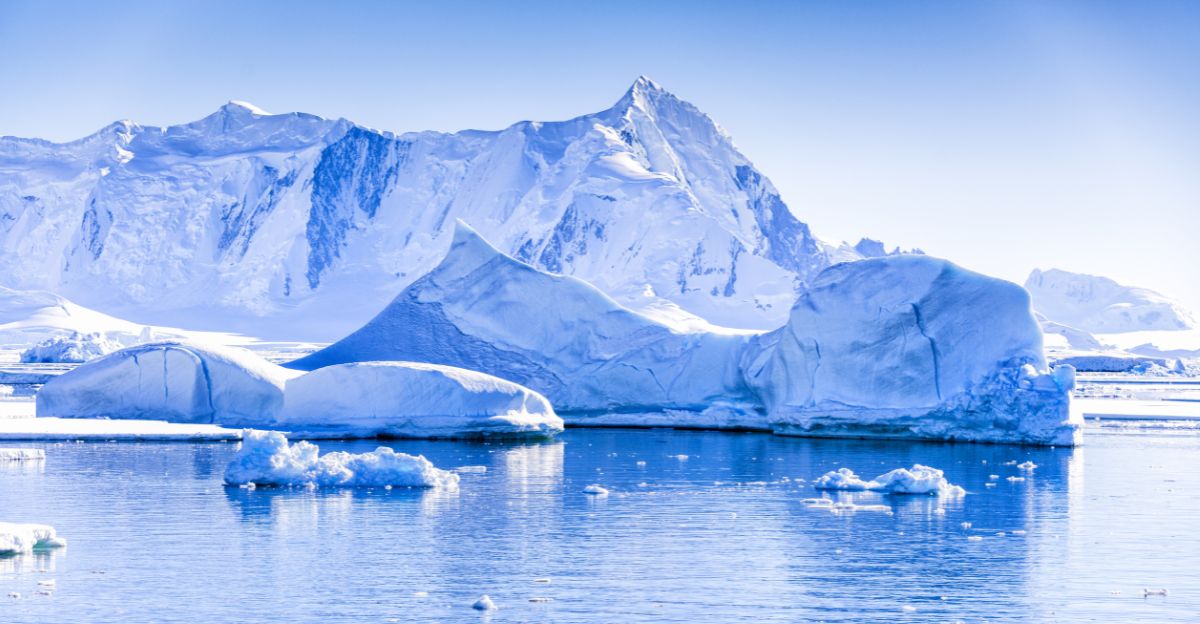
The World Meteorological Organization refers to this phenomenon as a “climate contradiction” because it shows regional ice growth during global warming.
Scientists stress that these localized gains do not negate the long-term global trend of ice loss. The Antarctic Peninsula and West Antarctica continue to experience significant ice melt, underscoring the importance of viewing climate impacts on a global scale rather than through isolated data points.
Influence of Increased Snowfall

Studies published in The Cryosphere journal found that increased snowfall in inland Antarctica has led to thicker ice sheets, affecting measurements of surface mass balance.
This additional precipitation results in temporary ice recovery, but is not evidence of long-term ice sheet stability. The snowfall acts more as a redistribution of ice mass rather than a net gain, complicating interpretations of ice data.
How La Niña Affects Antarctic Ice

The powerful La Niña event persisting since late 2024 and into early 2025 has played a role in Antarctic weather conditions, helping to keep temperatures cool and sea ice more extensive during the austral winter.
This climate pattern favors ice growth over melting temporarily, demonstrating how interconnected global climate phenomena affect polar regions in complex ways.
Effects on Antarctic Wildlife
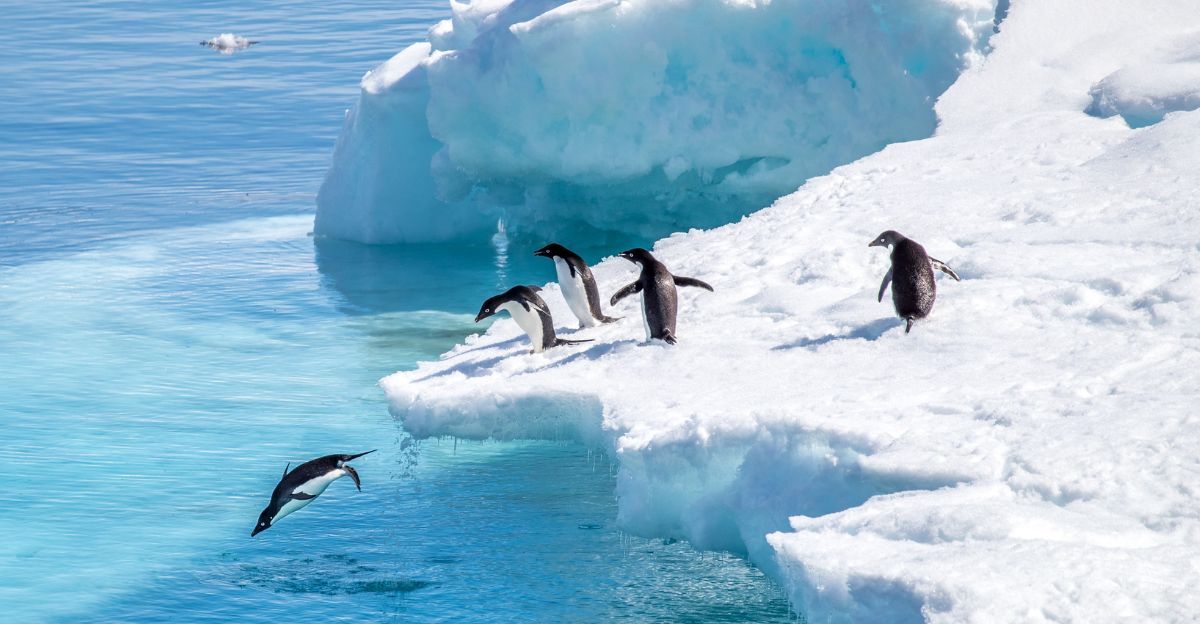
The temporary increase in ice in parts of Antarctica can have mixed effects on local wildlife. Species such as penguins, seals, and krill depend on sea ice for breeding, feeding, and shelter.
Increased ice in some regions may temporarily expand habitat and food availability; however, the ongoing overall ice loss in other areas threatens these ecosystems. The variability complicates wildlife adaptation and survival, emphasizing the fragile balance in Antarctic ecosystems.
Climate Models and Predictive Challenges

Current climate models failed to predict this temporary ice growth phase, prompting institutions like the IPCC to revisit their predictive tools. While models effectively forecast long-term trends, they struggle with short-term and regional anomalies like this. Scientists are working to integrate these unexpected feedback loops to improve the accuracy of future climate projections.
Cautious Scientific Interpretation
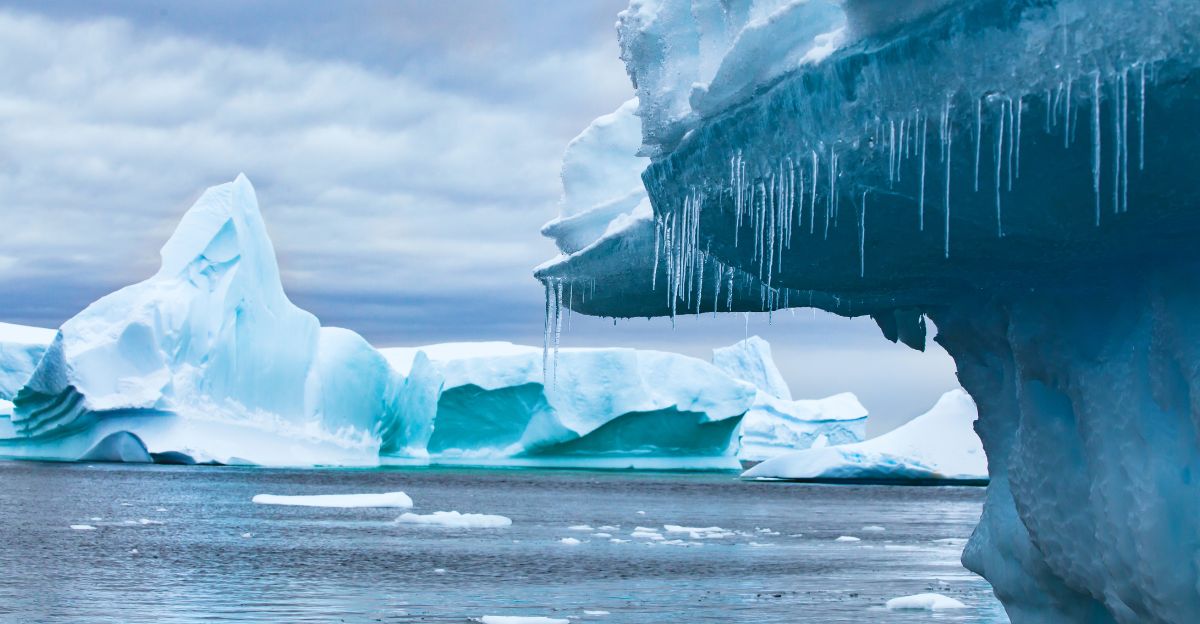
Experts like Dr. Stef Lhermitte emphasize that this ice growth anomaly does not indicate a pause in climate change but highlights the complexity of polar feedback systems.
Scientists caution against overinterpreting short-term variations, comparing it to mistaking a single cool day for the end of global warming. The scientific community stresses maintaining perspective on long-term trends.
Media Misinterpretation Risks
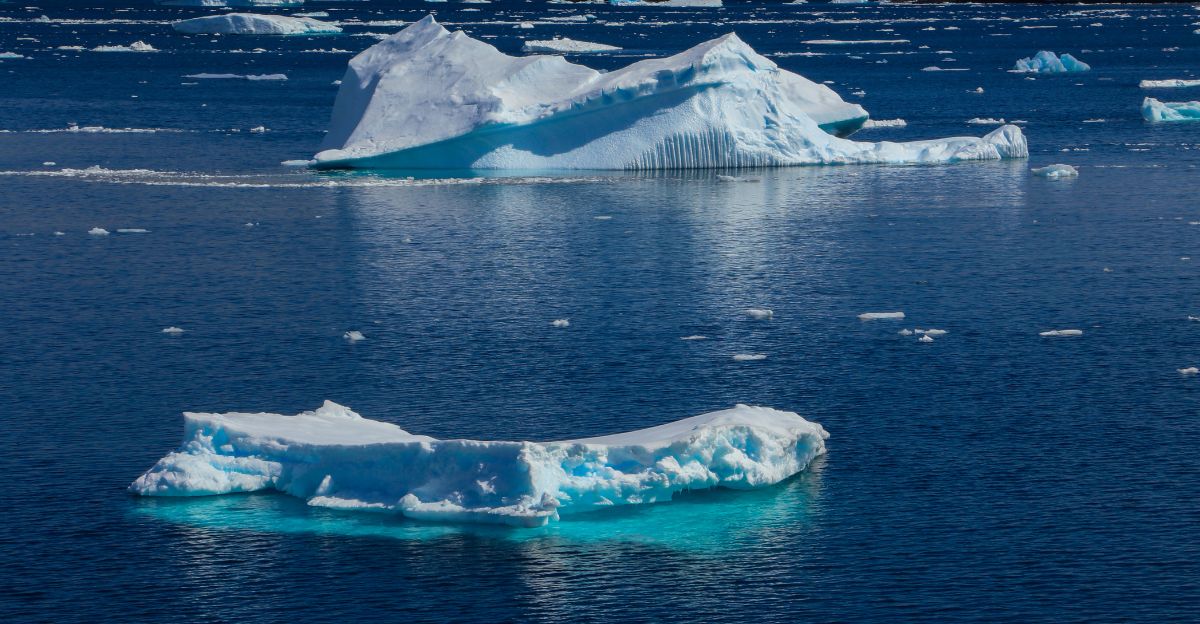
Scientists express concern over media headlines that oversimplify or misinterpret the Antarctic ice growth story. Such coverage is sometimes exploited by climate denial groups to falsely suggest global warming has reversed. Researchers are spending considerable effort clarifying what the data do and do not mean to prevent dangerous misunderstandings.
Regional Variations Across Antarctica
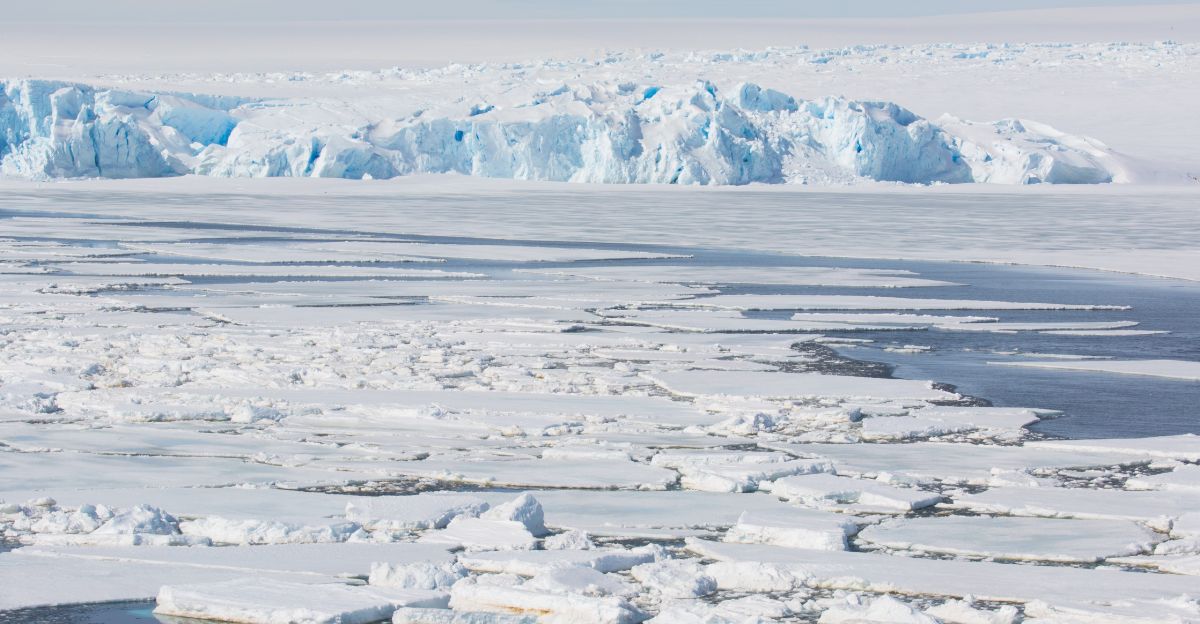
Antarctica exhibits stark regional differences: East Antarctica shows ice gains, whereas West Antarctica and the Antarctic Peninsula continue to lose ice rapidly.
This patchwork of ice behavior illustrates the localized nature of climate impacts within the continent and reinforces the need for comprehensive, continent-wide monitoring and analysis.
Explore more of our trending stories and hit Follow to keep them coming to your feed!

Don’t miss out on more stories like this! Hit the Follow button at the top of this article to stay updated with the latest news. Share your thoughts in the comments—we’d love to hear from you!







